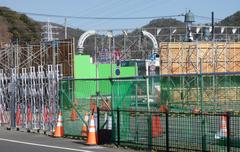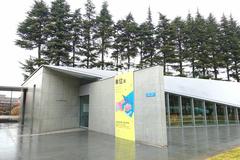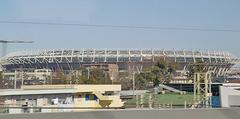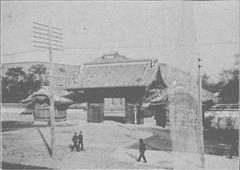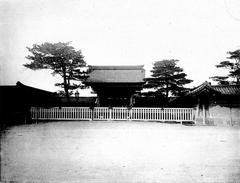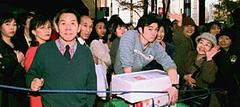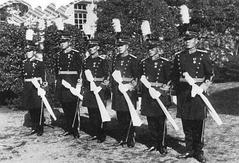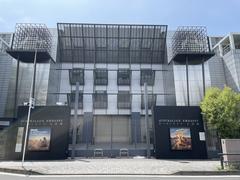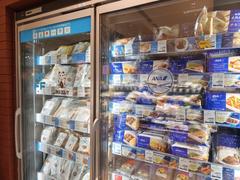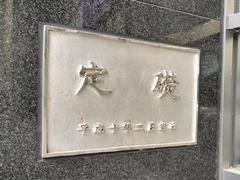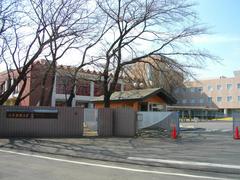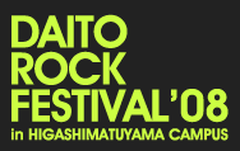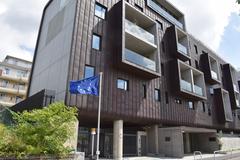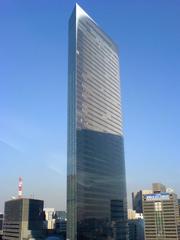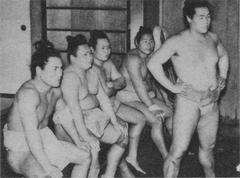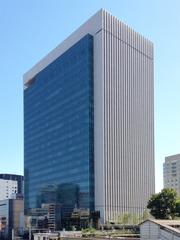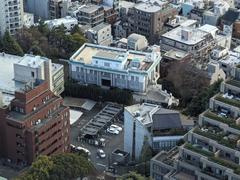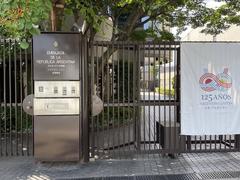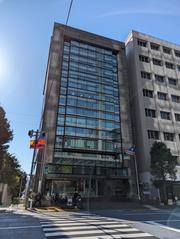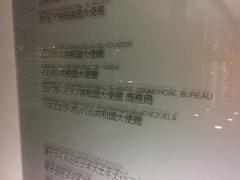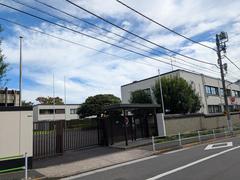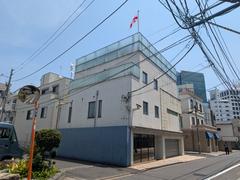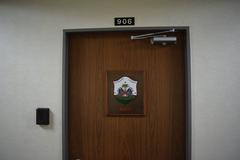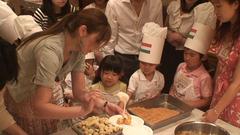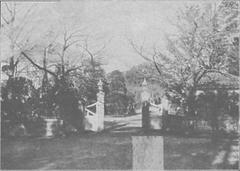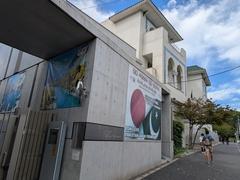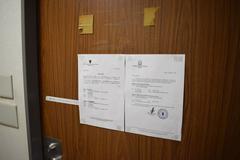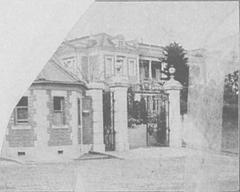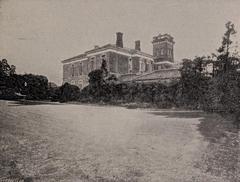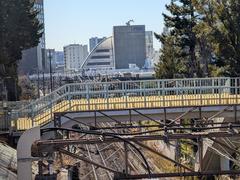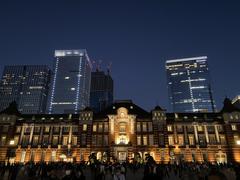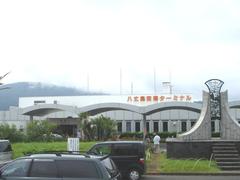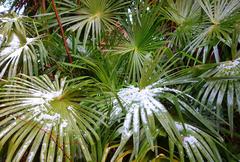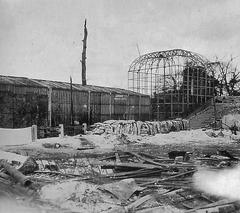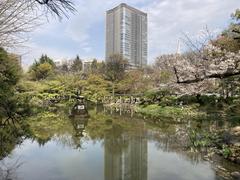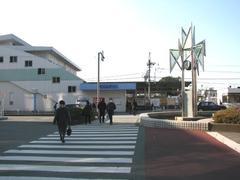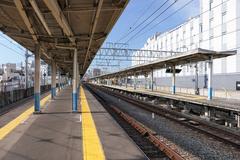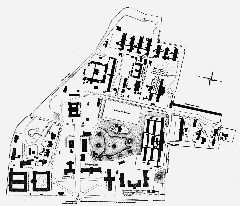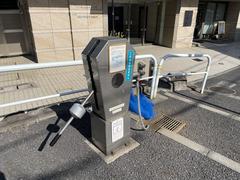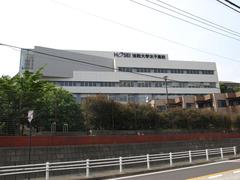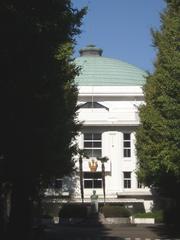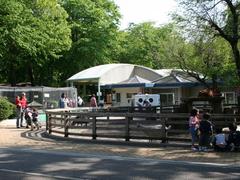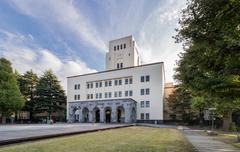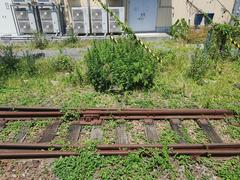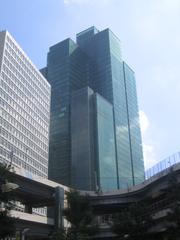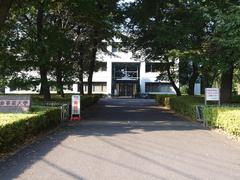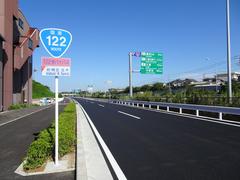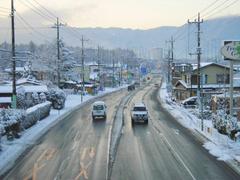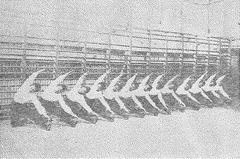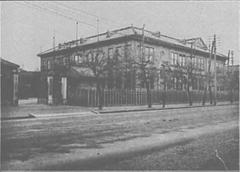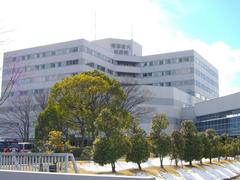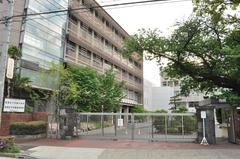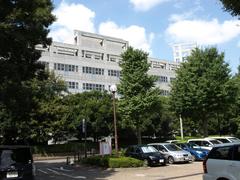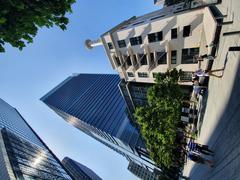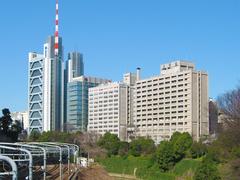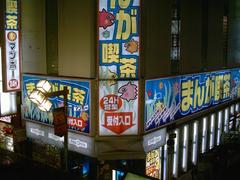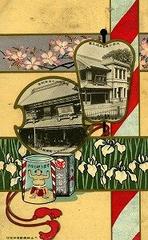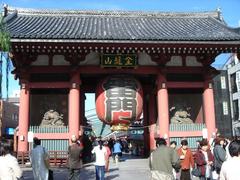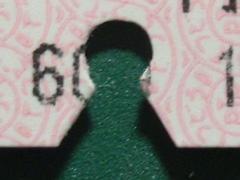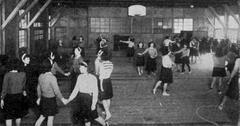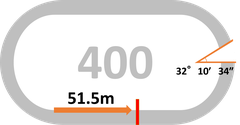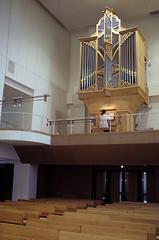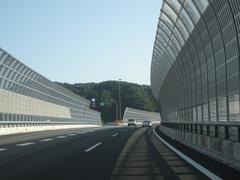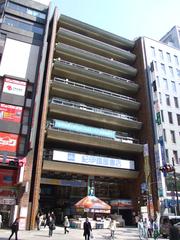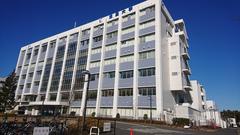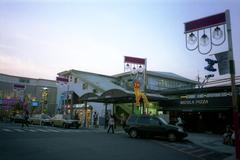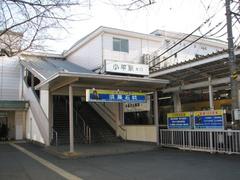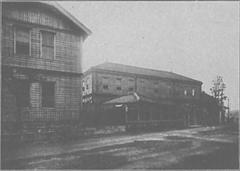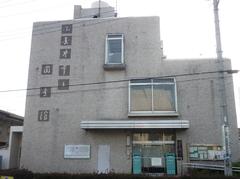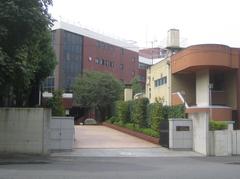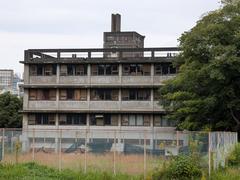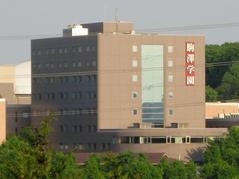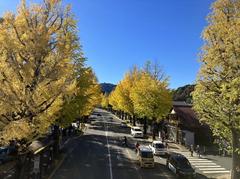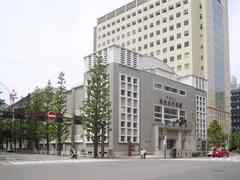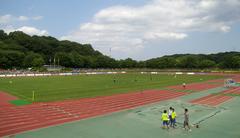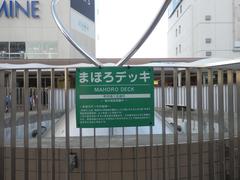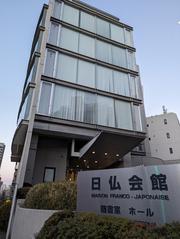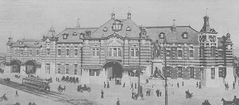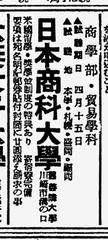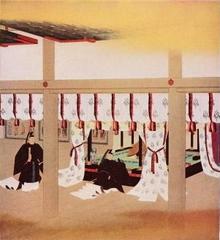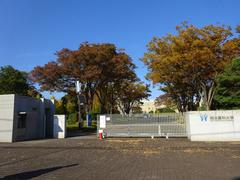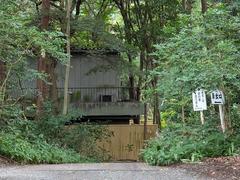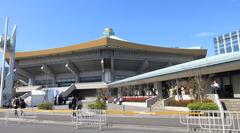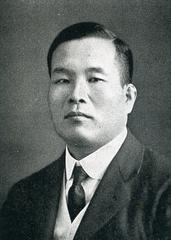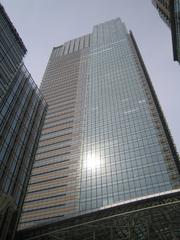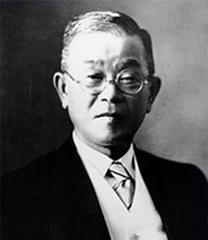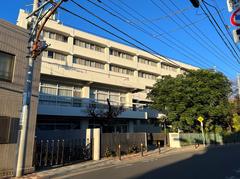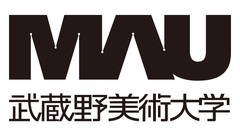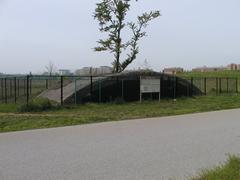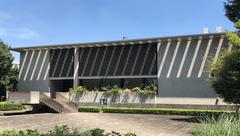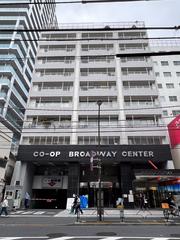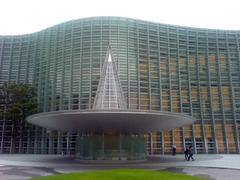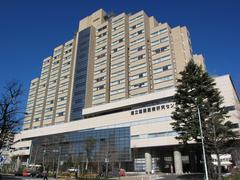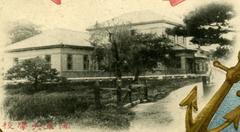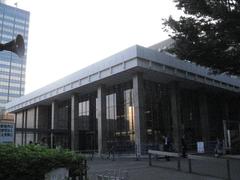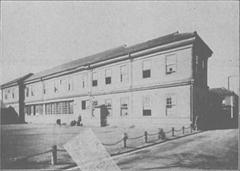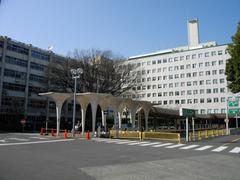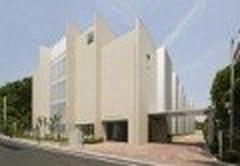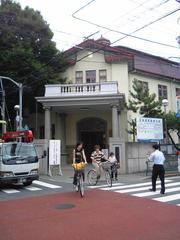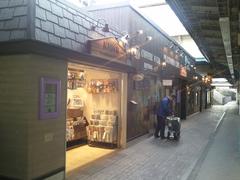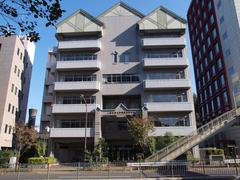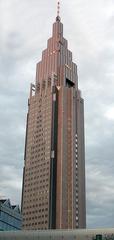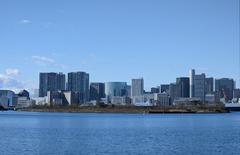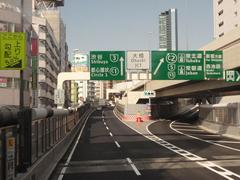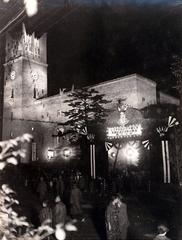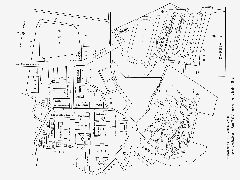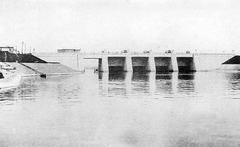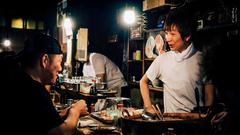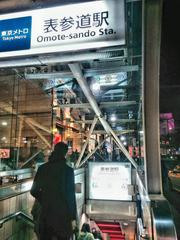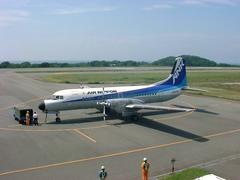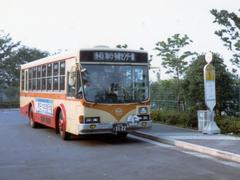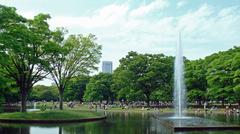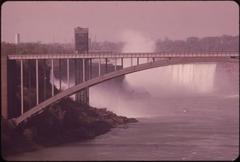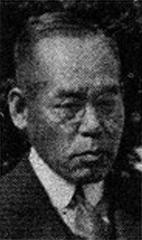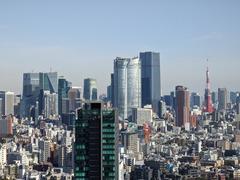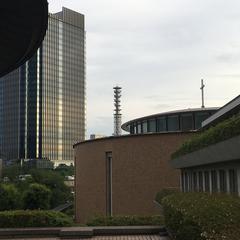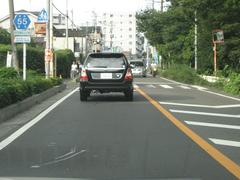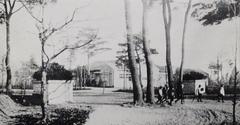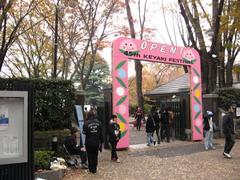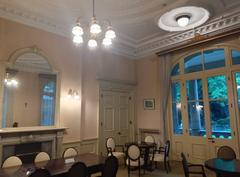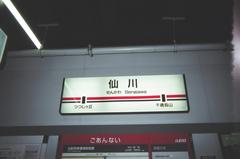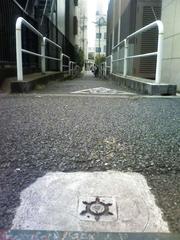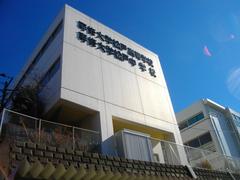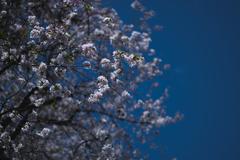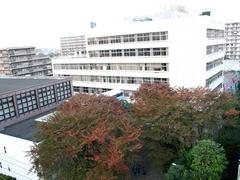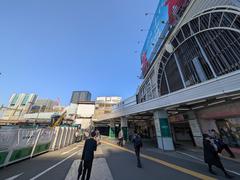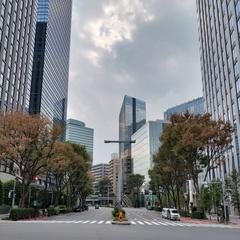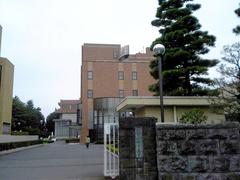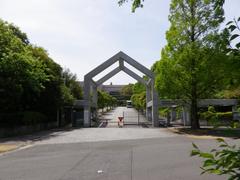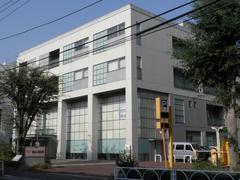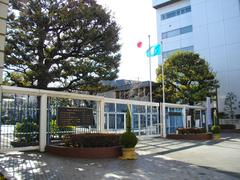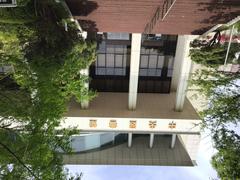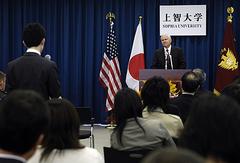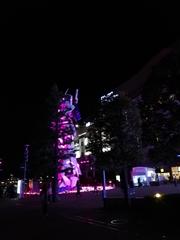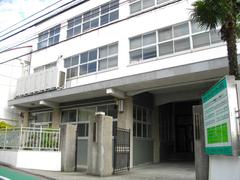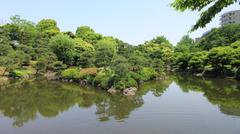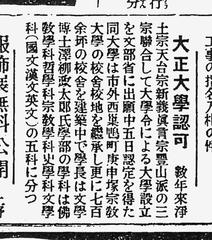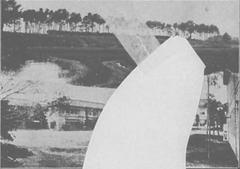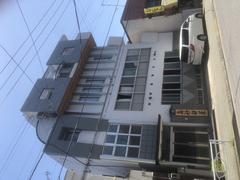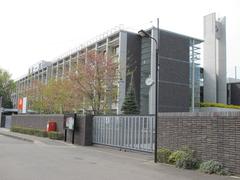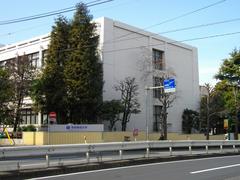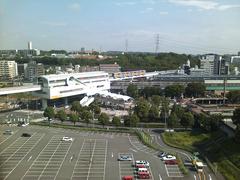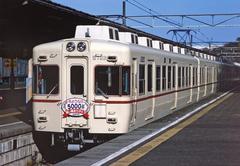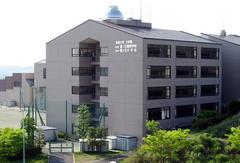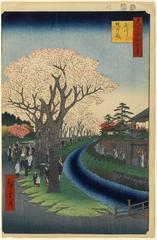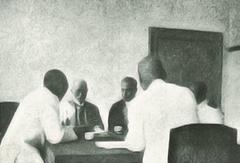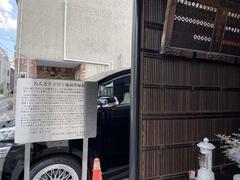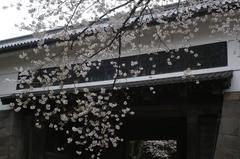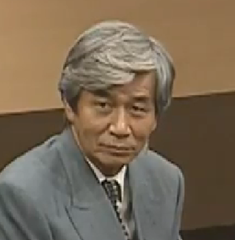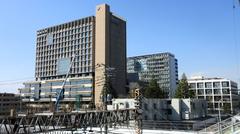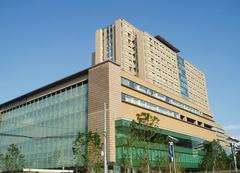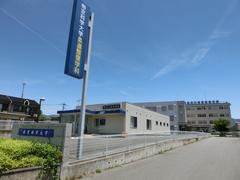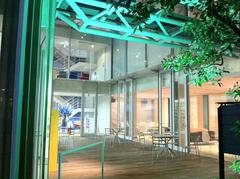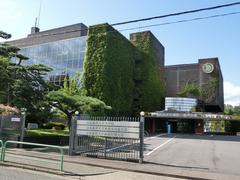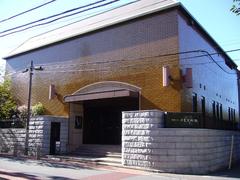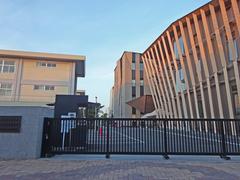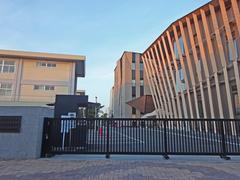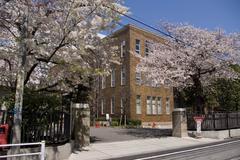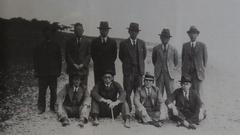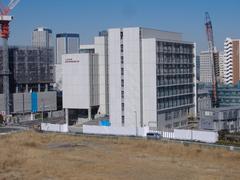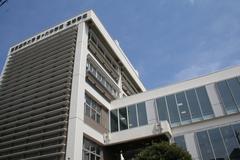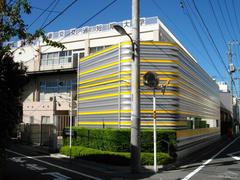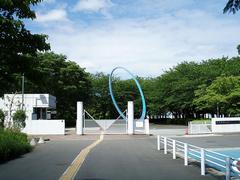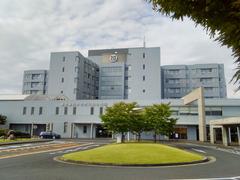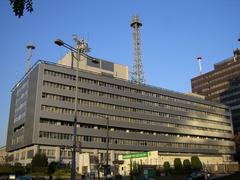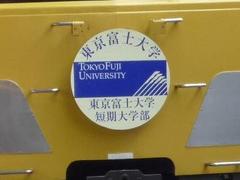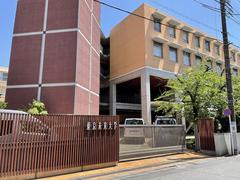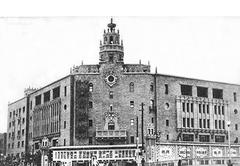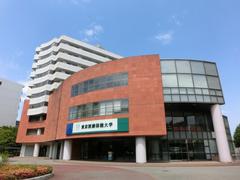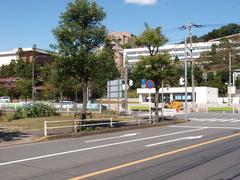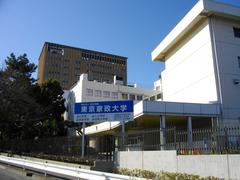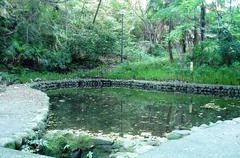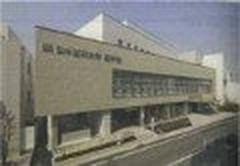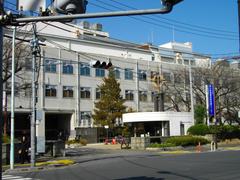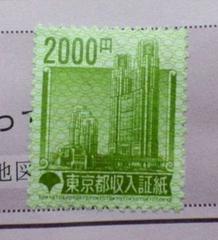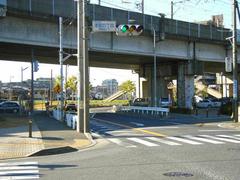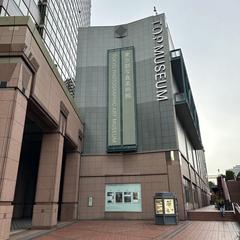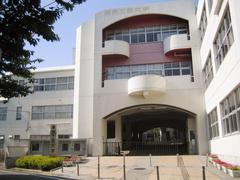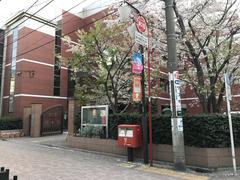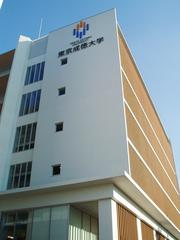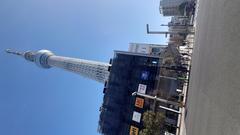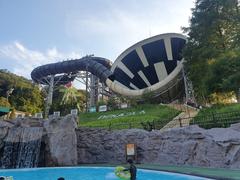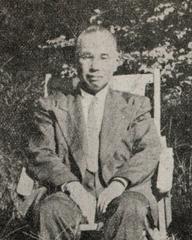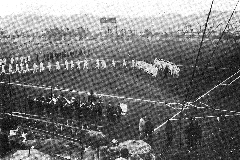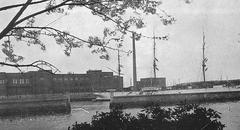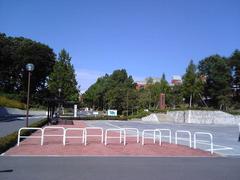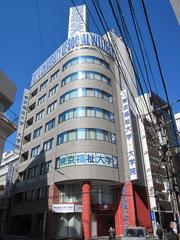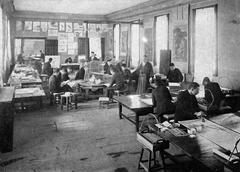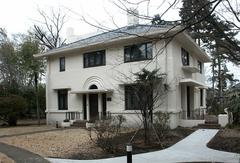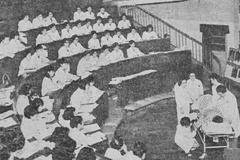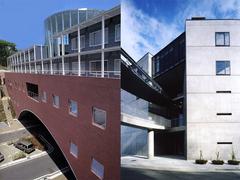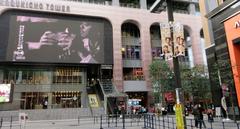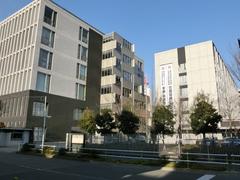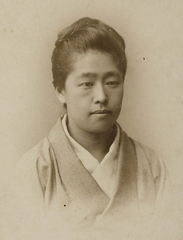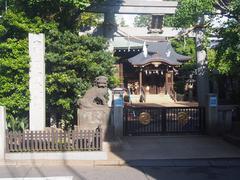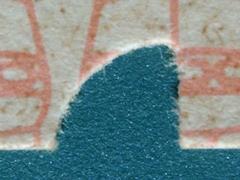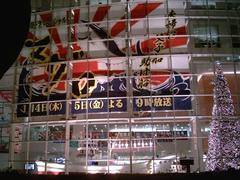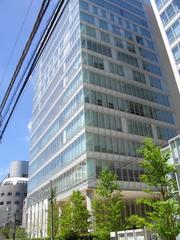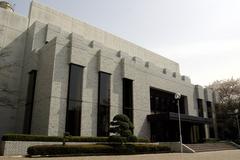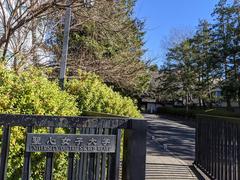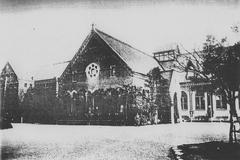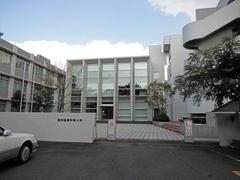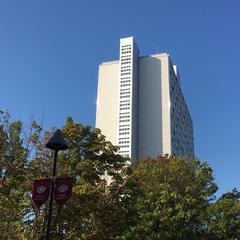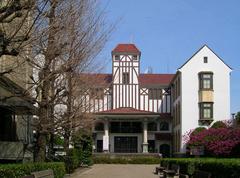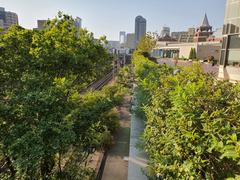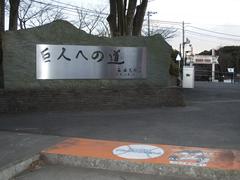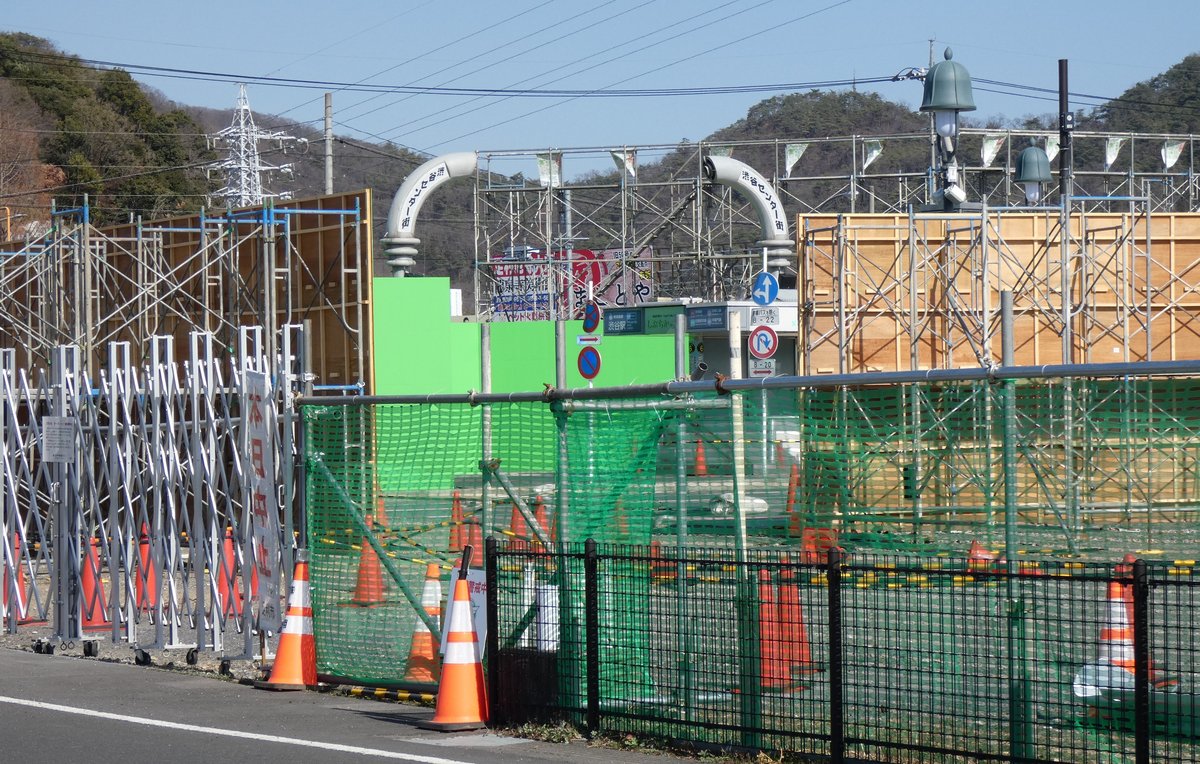
Comprehensive Guide to Visiting B1F, Tokyo, Japan
Date: 18/07/2024
Introduction
Tokyo’s B1F, or Basement Level 1, is an underground marvel that has become an integral part of the city’s urban fabric. Bursting with history, architectural ingenuity, and cultural significance, B1F areas are bustling hubs that cater to a diverse array of interests. From shopping enthusiasts and food lovers to culture seekers, B1F offers a unique subterranean experience that seamlessly blends traditional Japanese elements with modern conveniences. This guide aims to provide comprehensive coverage of B1F in Tokyo, exploring its historical background, architectural features, cultural impact, visitor information, and much more. Whether you are planning a visit or simply curious about this underground phenomenon, read on to discover why B1F is a must-visit destination in Tokyo. For further information, visit Tokyo’s official tourism website.
Table of Contents
- Introduction
- History and Significance of B1F, Tokyo, Japan
- Visitor Information
- Visitor Experience
- Future Prospects
- FAQs
- Conclusion
- Sources
History and Significance of B1F, Tokyo, Japan
Historical Background
B1F, located in the bustling metropolis of Tokyo, Japan, is a unique underground space that has evolved significantly over the years. Originally, the concept of underground shopping and entertainment areas in Tokyo began to take shape in the mid-20th century. The post-war economic boom led to rapid urbanization and a need for innovative use of space in the densely populated city. The development of underground complexes like B1F was part of this urban planning strategy to maximize space utilization.
The B1F area, specifically, started gaining prominence in the 1970s and 1980s as Tokyo’s infrastructure expanded. The construction of extensive subway networks provided the perfect opportunity to develop commercial spaces below ground level. These spaces were designed to offer convenience to commuters and shoppers, providing a seamless transition from transportation hubs to retail and dining areas.
Architectural Significance
The architectural design of B1F is a testament to Japan’s ingenuity in urban planning. The underground complex is meticulously planned to ensure efficient use of space while maintaining a comfortable and aesthetically pleasing environment. The design incorporates advanced engineering techniques to address challenges such as ventilation, lighting, and emergency evacuation.
One of the key architectural features of B1F is its integration with Tokyo’s subway system. The complex is directly connected to several subway lines, making it easily accessible to millions of commuters daily. This integration not only enhances convenience but also boosts foot traffic, making B1F a vibrant commercial hub.
Cultural Impact
B1F has had a profound cultural impact on Tokyo’s urban landscape. It represents a fusion of traditional Japanese retail culture with modern urban living. The underground space is home to a diverse range of shops, restaurants, and entertainment venues, reflecting the eclectic tastes of Tokyo’s residents and visitors.
The presence of traditional Japanese eateries alongside international cuisine highlights the cultural diversity that B1F embraces. Visitors can experience authentic Japanese dining experiences, such as sushi bars and ramen shops, as well as global culinary delights. This cultural amalgamation makes B1F a microcosm of Tokyo’s broader cultural landscape.
Economic Significance
Economically, B1F plays a crucial role in Tokyo’s retail and hospitality sectors. The underground complex attracts a significant number of visitors, contributing to the local economy through retail sales, dining, and entertainment. The strategic location of B1F, coupled with its accessibility, makes it a prime destination for both locals and tourists.
The economic impact of B1F extends beyond direct retail sales. The complex also generates employment opportunities, supporting a wide range of jobs from retail staff to maintenance workers. Additionally, the presence of B1F boosts the surrounding businesses, creating a ripple effect that benefits the broader economy.
Modern Developments
In recent years, B1F has undergone several modernizations to keep up with changing consumer preferences and technological advancements. The introduction of digital signage, free Wi-Fi, and mobile payment options has enhanced the shopping experience, catering to the tech-savvy population of Tokyo.
Moreover, B1F has embraced sustainability initiatives, incorporating energy-efficient lighting and waste management systems. These efforts align with Tokyo’s broader goals of promoting sustainable urban development and reducing the environmental footprint of commercial spaces.
Visitor Information
Visiting Hours and Tickets
B1F is generally open from 10 AM to 9 PM daily, though specific hours may vary for different shops and restaurants. Entrance to B1F is free, but individual attractions or events may have separate ticket prices.
Travel Tips
- Getting There: B1F is easily accessible via multiple subway lines, including the Tokyo Metro and Toei Subway. The most convenient stations are Shibuya and Shinjuku.
- Best Time to Visit: Weekdays are less crowded compared to weekends. Visiting during off-peak hours can enhance your experience.
- Payment Methods: Most establishments accept credit cards and mobile payments. Cash is also widely used.
Nearby Attractions
- Shibuya Crossing: One of the busiest pedestrian crossings in the world, located just a short walk from B1F.
- Meiji Shrine: A serene Shinto shrine offering a peaceful retreat from the bustling city.
- Harajuku: Known for its vibrant street fashion and quirky shops.
Accessibility
B1F is designed to be accessible to all visitors, including those with disabilities. Elevators, ramps, and accessible restrooms are available throughout the complex.
Visitor Experience
For visitors, B1F offers a unique and memorable experience. The underground complex is designed to be a one-stop destination for shopping, dining, and entertainment. Visitors can explore a wide range of retail stores, from high-end fashion boutiques to quirky souvenir shops. The dining options are equally diverse, offering everything from quick bites to gourmet meals.
Entertainment is another key aspect of the B1F experience. The complex often hosts events, exhibitions, and live performances, adding to its vibrant atmosphere. Whether it’s a traditional Japanese tea ceremony or a contemporary art exhibition, there’s always something happening at B1F to engage and entertain visitors.
Future Prospects
Looking ahead, B1F is poised to continue its evolution as a dynamic and integral part of Tokyo’s urban fabric. Plans for further expansion and modernization are in the pipeline, aimed at enhancing the visitor experience and maintaining the complex’s relevance in a rapidly changing urban environment.
The future of B1F will likely see a greater emphasis on technology integration, sustainability, and cultural programming. These developments will ensure that B1F remains a key destination in Tokyo, offering a unique blend of history, culture, and modernity.
FAQs
- What are the opening hours of B1F? B1F is generally open from 10 AM to 9 PM daily.
- How do I get to B1F? B1F is accessible via multiple subway lines, including the Tokyo Metro and Toei Subway. The most convenient stations are Shibuya and Shinjuku.
- Are there guided tours available at B1F? Yes, guided tours are often available and can be booked through Tokyo’s official tourism website.
Conclusion
In conclusion, Tokyo’s B1F levels offer an extraordinary experience that encapsulates the essence of the city’s dynamic culture, advanced urban planning, and rich history. These underground spaces are not just commercial hubs but cultural landmarks that reflect Tokyo’s innovative spirit and its seamless integration of traditional and modern elements. From high-end shopping and gourmet dining to unique cultural experiences and entertainment, B1F levels cater to a wide range of interests, ensuring that every visitor finds something to enjoy. As Tokyo continues to evolve, B1F remains a testament to the city’s ability to adapt and innovate, promising an even brighter future with further expansions and modernizations. For the latest updates and travel tips, consider following Tokyo’s official tourism website and downloading the Audiala mobile app.
Sources
- Exploring B1F in Tokyo - History, Significance, and Visitor Information, 2024, Tokyo’s Official Tourism Website
- Discover the Best Attractions on B1F Levels in Tokyo - Shopping, Dining, and More, 2024, Tokyo Midtown Hibiya
- Essential Tips for Navigating Tokyo’s B1F Levels - Shopping, Dining, and More, 2024, Tokyo Station City
